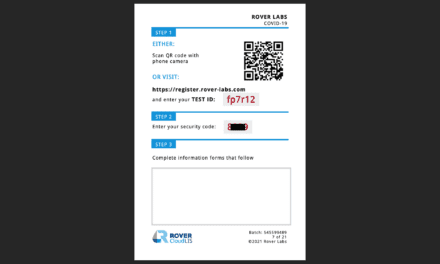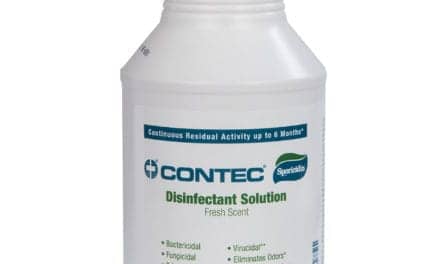Karolinska Institute researchers have developed a method for fast, cheap, yet accurate testing for covid-19 infection.1 The method simplifies and frees the testing from expensive reaction steps, enabling upscaling of the diagnostics. This makes the method particularly attractive for places and situations with limited resources. It is equally interesting for repeated testing and for moving resources from expensive diagnostics to other parts of the care chain.
“We started working on the issue of developing a readily available testing method as soon as we saw the developments in Asia and southern Europe, and before the situation reached crisis point in Sweden,” says principal investigator Bjorn Reinius, research leader at the Department of Medical Biochemistry and Biophysics at Karolinska Institutet. “Our method was effectively finished already by the end of April, and we then made all the data freely available online.”
Established diagnostic tests for covid-19 are based on the detection of viral RNA in patient samples, such as nasal and throat swabs, from which RNA molecules must then be extracted and purified. RNA purification constitutes a major bottleneck for the testing process, requiring a great deal of equipment and logistics as well as expensive chemical compounds.
Making the current methods simpler without markedly compromising their accuracy means that more and faster testing can be carried out, which would help to reduce the rate of transmission and facilitate earlier-stage care.
The cross-departmental research group at Karolinska Institutet has now developed methods that completely circumvent the RNA-extraction procedure, so that once the patient sample has been inactivated by means of heating, rendering the virus particles no longer infectious, it can pass straight to the diagnostic reaction that detects the presence of the virus.
According to the researchers, the most important keys to the method’s success are both the above virus inactivation procedure and a new formulation of the solution used to collect and transport the sample material taken from the patients.
“By replacing the collection buffer with simple and inexpensive buffer formulations, we can enable viral detection with high sensitivity directly from the original clinical sample, without any intermediate steps,” says Reinius. “Thanks to the low cost and the simplicity of the method, it becomes a particularly attractive option at sites and in situations with limited resources but a pressing need to test for covid-19. I would certainly like to see that this test used in Sweden too, for example for cheap periodic testing of asymptomatic people to eliminate the spread of infection.”
Reference
1. Smyrlaki I, Ekman M, Lentini A, et al. Massive and rapid COVID-19 testing is feasible by extraction-free SARS-CoV-2 RT-PCR. Nat Commun. 2020;11(1). doin: 10.1038/s41467-020-18611-5.
Featured image: Colorized scanning electron micrograph of an apoptotic cell (blue) heavily infected with SARS-COV-2 virus particles (yellow), isolated from a patient sample. Image captured and color-enhanced at the NIAID Integrated Research Facility (IRF) in Fort Detrick, Maryland. Credit: NIAID.





